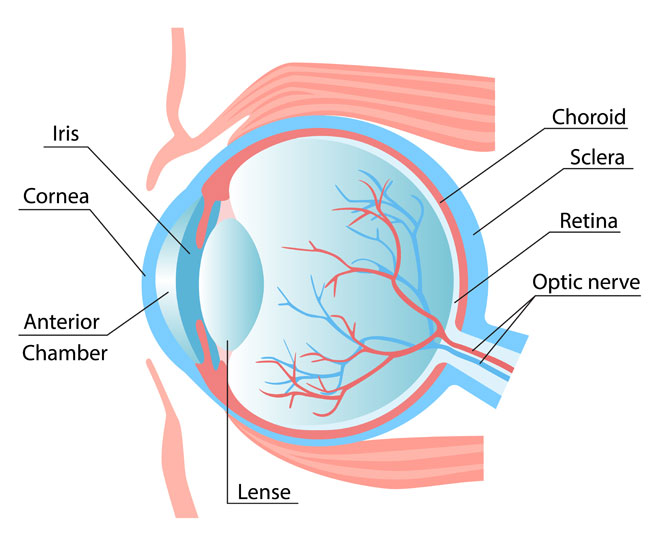
CATATRACT / मोतियाबिंद
A cataract is a clouding of the normally clear lens of the eye. For people who have cataracts, seeing through cloudy lenses is a bit like looking through a frosty or fogged-up window. Clouded vision caused by cataracts can make it more difficult to read, drive a car (especially at night) or see the expression on a friend's face.
Symptoms
- Clouded, blurred or dim vision
- Increasing difficulty with vision at night
- Sensitivity to light and glare
- Need for brighter light for reading and other activities
- Seeing "halos" around lights
- Frequent changes in eyeglass or contact lens prescription
- Fading or yellowing of colors
- Double vision in a single eye
PAEDIATRIC OPHTHALMOLOGY / बाल्य नेत्र रोग
Young children can suffer from a range of vision problems like refractive error, congenital glaucoma, cataract, retinopathy of prematurity, squint, allergic eye disease, amblyopia (lazy eye) and many more.
Most of the time these problems are left untreated as they cannot be noticed by the child or the parents. Paediatric Ophthalmology is a branch which focuses on paediatric eye problems and helps to detect vision related problems in children as early as possible. Eye defects if not treated in time may leave the child visually impaired for life. Hence it is important to pick these problems early and treat them.
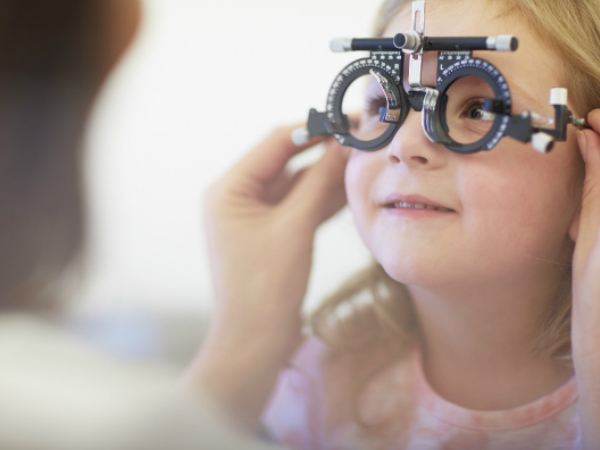
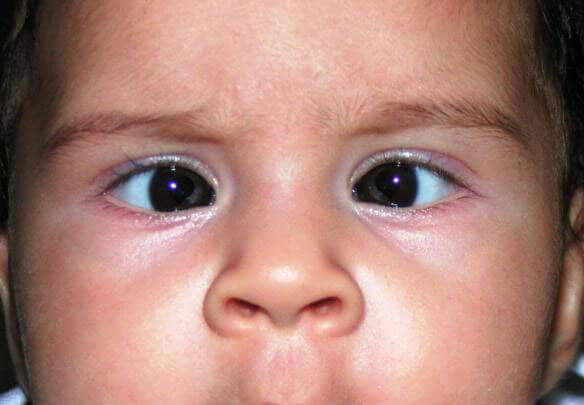
SQUINT / भेंगापन
A squint, or strabismus, is a condition in which the eyes do not align properly. Strabismus can be constant or intermittent. This usually occurs because the muscles that control the movement of the eye and the eyelid, the extraocular muscles, are not working together.
- Hypertropia: when the eye turns upwards
- Hypotropia: when the eye turns downwards
- Esotropia: when the eye turns inwards
- Exotropia: when the eye turns outwards
GLAUCOMA / काँचबिन्द
Glaucoma is a group of eye conditions that damage the optic nerve. The optic nerve sends visual information from your eye to your brain and is vital for good vision. Damage to the optic nerve is often related to high pressure in your eye. But glaucoma can happen even with normal eye pressure.
If you experience symptoms that come on suddenly, you may have acute angle-closure glaucoma. Symptoms include severe headache and severe eye pain. You need treatment as soon as possible. Go to an emergency room or call us (ophthalmologist's) immediately.
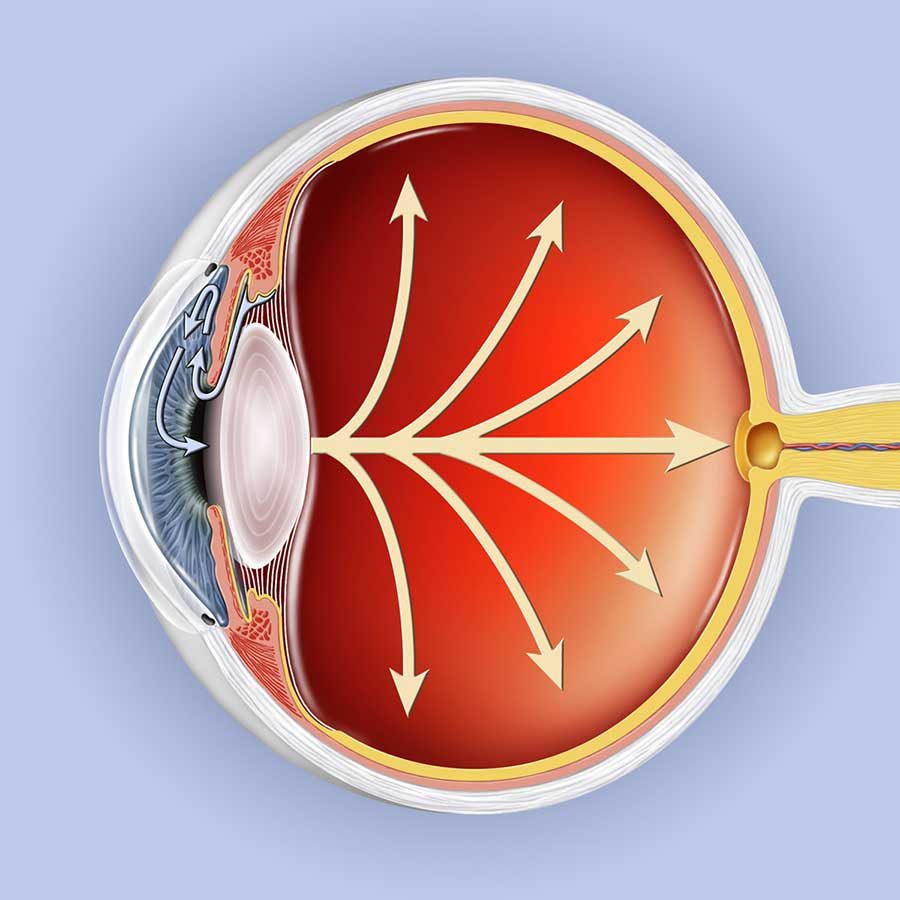
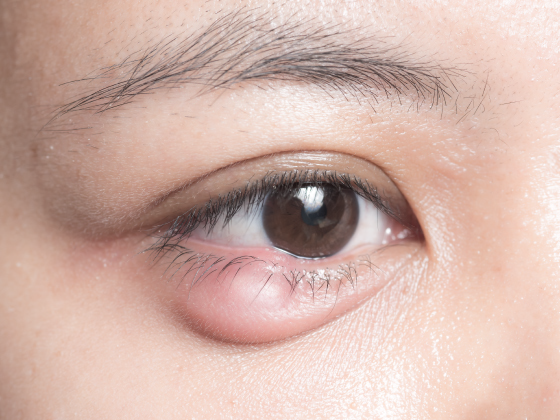
OCULOPLASTY / आक्यूलोप्लास्टी
An oculoplastic procedure is a type of surgery done around the eyes. You may have this procedure to correct a medical problem or for cosmetic reasons. Oculoplastic procedures are usually done by eye doctors (ophthalmologists) who have special training in plastic or reconstructive surgery.
These procedures treat many conditions. These include:
- Droopy upper eyelids ptosis
- Eyelids that turn inward (entropion) or outward (ectropion)
- Eye problems caused by thyroid disease, such as Graves disease
- Skin cancers or other growths in or around the eyes
- Weakness around the eyes or eyelids caused by Bell palsy
- Tear duct problems
- Injuries to the eye or eye area
- Birth defects of the eyes or orbit (the bone around the eyeball)
- Cosmetic problems, such as excess upper lid skin, bulging lower lids, and "fallen" eyebrows
CORNEA / कॉर्निया
The cornea is the transparent part of the eye that covers the front portion of the eye. It covers the pupil (the opening at the center of the eye), iris (the colored part of the eye), and anterior chamber (the fluid-filled inside of the eye). The cornea’s main function is to refract, or bend, light. The cornea is responsible for focusing most of the light that enters the eye.
There are a number of abnormalities associated with it
Corneal diseases :
- Corneal Opacity
- Keratoconus
- Corneal Degeneration
- Corneal Dystrophy
